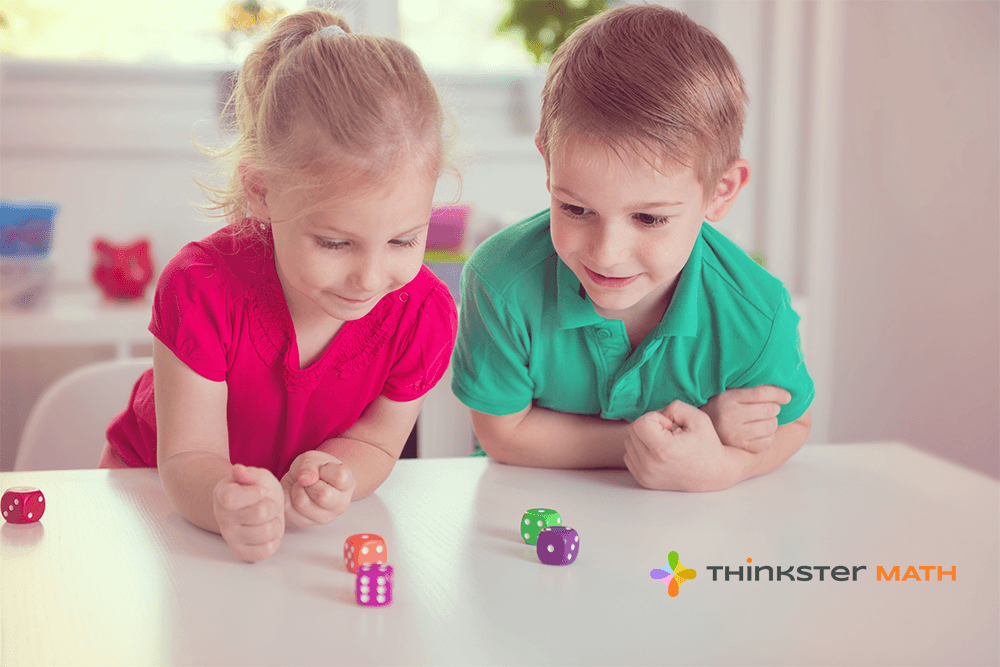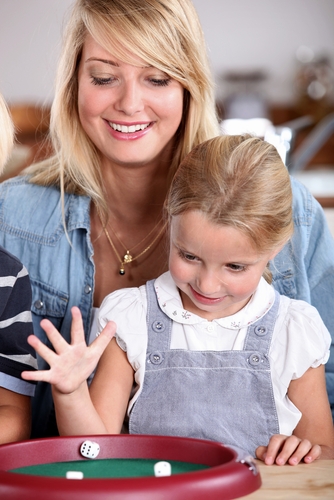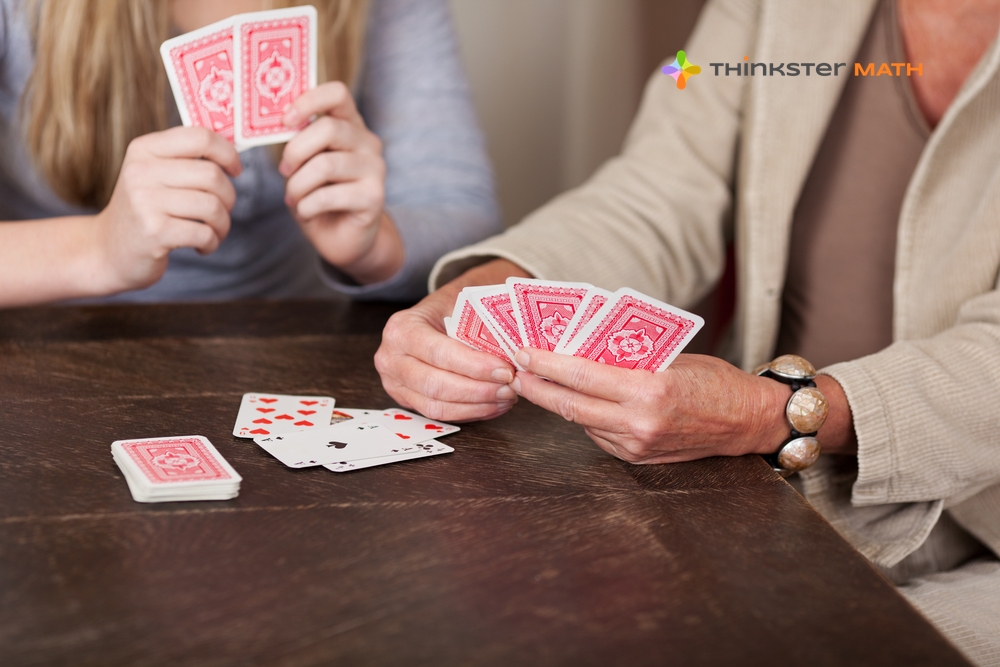

Last Updated on May 31, 2022
Very few children can resist a game with dice. From the quest for doubles in Monopoly (but don’t roll three in a row or you go to jail!) to the cupful of dice in Yahtzee, to the pop-o-matic fun of Trouble, there’s something about dice rolling that gives kids a sense of control over their own destiny (as opposed to Sorry! or Candy Land, in which players are at the mercy of whatever card comes next). Luckily for parents and teachers, this affinity for dice can be used to create fun math enrichment games that can help kids learn as they roll.
Children may scoff at math enrichment if they think it’s just more work. That’s why gamification is so useful: The learning is packaged as a game for kids to play and win rather than math they are forced to master. Using dice—the components of the board games they like to play—for math activities only reinforces that concept of fun.
The everyday six-sided die that comes with most board games has one small drawback: It only goes to 6.
This is fine for most math enrichment games, but more unique dice are available. A few decades ago, Dungeons and Dragons introduced 8, 10, 12, and 20-sided dice to the gaming world, and they can be purchased online or at game stores without having to buy a whole D&D set. The 10-siders are especially good for math activities, as a pair can generate any two-digit number. Furthermore, if you prefer regular dice cubes but are looking for more number options, special math dice can be found at education stores and online.
Here are just a few of the many math activities and games that you can enjoy with your children:
Playing with dice, particularly with strange-sided dice is a fun, quick way to practice an array of math skills. What is your child’s favorite game that uses dice?



